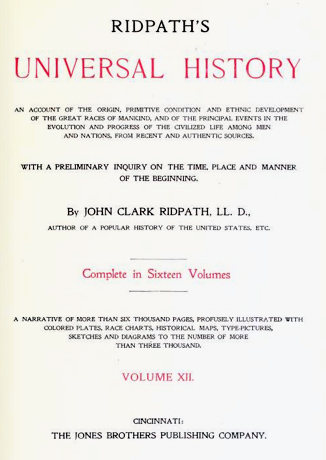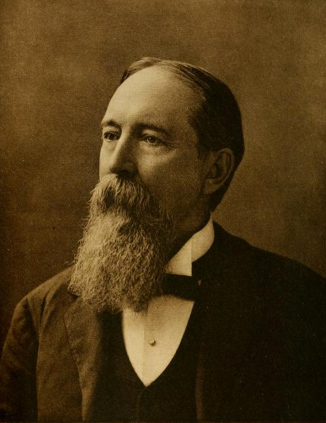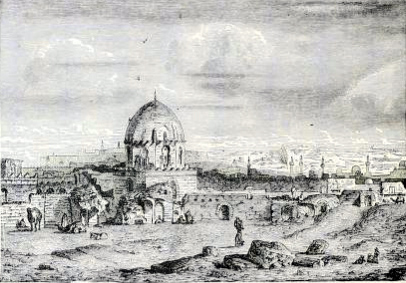
There was a time when it was possible to write universal histories. In geological time scale the writing of history is a mere second in the millions of years life has been evolving on this planet. In the ancient Near East empires were being formed as fodder for later historians. The classical age saw an expansion of Greeks and Romans far afield from Europe. Muslim historians chronicled life from Adam to the caliphs who patronized their work. Medieval European histories had no space for the Americas, which would not be discovered until the end of the 15th century. By the end of the 19th century there were still valiant attempts to condense world history into a series of tomes. One of the last multi-volumed histories of the world was by an American, John Clark Ridpath, whose universal history stretched to 16 volumes and whose biographical dictionary reached 25. Ridpath seems an unlikely candidate for such a task. He was born in 1840 in rural Indiana and educated in “frontier” schools not long after Abe Lincoln’s experience in the same pedagogical setting. His career trajectory led to college, teaching and eventually an administrator at the beginning of De Pauw University. He was a prolific writer, digesting history and literature for the public and his books sold well.

John Clark Ridpath
In his universal history he recounts the rise of Islam and the crusades. His writing has no lasting value, although it is less Islamophobic than his contemporary William Muir. Thanks to archive.org many of his volumes from the late 19th century are archived online. My interest is in the images, lithographs scattered throughout the text. In the next few posts, I will take a leisurely jaunt through several of these. To whet, and even to wet, your appetite, I post an illustration below. Can you guess what it represents? The answer will be provided in the next post in the series.

What location do you think this illustration represents?
to be continued